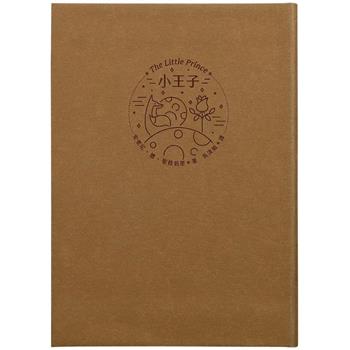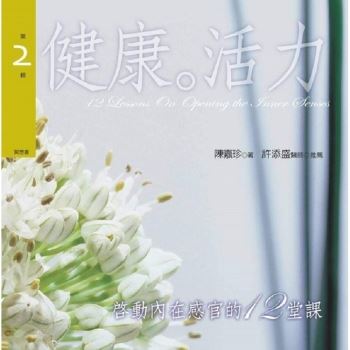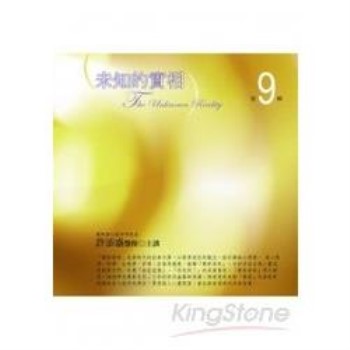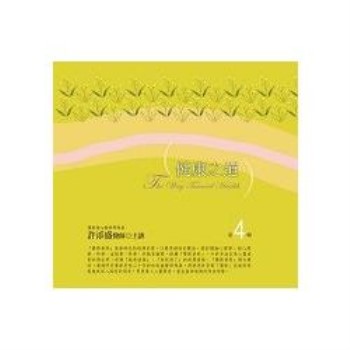The study of childhood in historical archaeology enriches interpretations of the past, but also has the potential for contributing to the understanding of methodological and theoretical issues in archaeology. Archaeologically, children are understudied relative to both their demographic and social importance, partly because children are viewed as difficult to discern in the archaeological record. Historical archaeology, with its access to historical documents to supplement and illuminate archaeological evidence, provides an opportunity to gain a greater understanding of the ways children’s daily lives in the past were expressed in historically changing types and patterns of material culture. Recent research presented in this volume contributes valuable perspectives for conceptualizing the historically changing social nature of childhood and methods for illuminating the roles of children. Case studies are designed to illustrate methodological and theoretical advances in the historical archaeology of materialized experiences, discourses, identities, places and their meanings associated with parenting and childhood.
The volume is organized into three sections devoted to case studies about 1) how childhood and parenting have been socially constructed cross culturally and temporally, 2) social ideologies of childhood in contested spaces, and 3) the relationship between children’s experiences and adult expectations of childhood. Each chapter demonstrates advances in current methods or theories used in the archaeology of childhood. A final discussant, drawn from the broader field of research on the archaeology of childhood, provides a commentary on the ways the perspectives provided in the volume can be employed by researchers outside the sub-discipline of historical archaeology.












